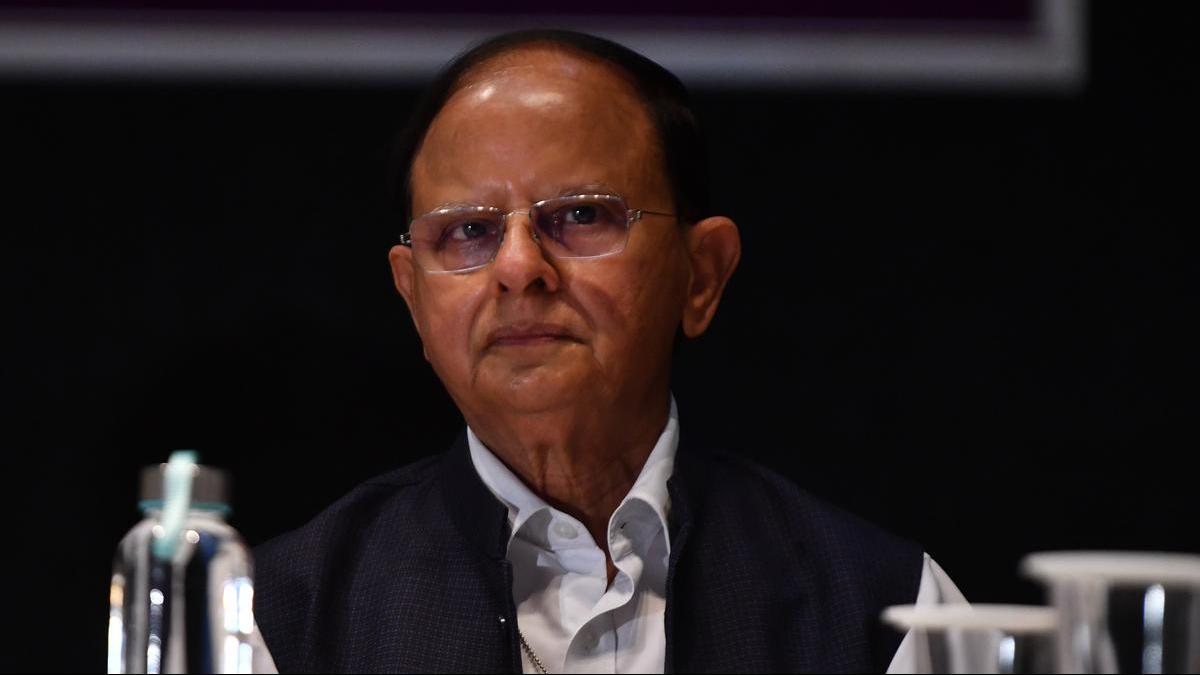India has shown a strong commitment to the Sendai Framework, a global initiative aimed at minimizing disaster risks and improving resilience. The Sendai Framework, adopted in 2015, outlines specific goals and targets for disaster risk reduction (DRR) over a 15-year period. Principal Secretary to Prime Minister Narendra Modi, P.K. Mishra, reaffirmed India’s dedication to this framework, positioning the country as a leader in disaster preparedness.
Key Statements from P.K. Mishra
During a recent disaster management event, P.K. Mishra emphasized India’s proactive approach to DRR, which is integrated into the country’s development policies. Mishra highlighted that India is not only committed to achieving the Sendai Framework’s goals but has also taken substantial steps toward fulfilling these objectives. He underscored that disaster risk reduction is a priority in India’s overall development strategy.
India’s Strategic Actions for Disaster Risk Reduction
India has implemented several measures to achieve the Sendai Framework’s targets, including:
- Early Warning Systems: Advanced systems have been set up to predict and alert authorities about impending disasters, enabling timely action.
- Improved Disaster Response: India has strengthened its disaster response capabilities, ensuring faster and more efficient rescue operations.
- Proactive Risk Management Policies: Policies focused on reducing disaster risks and enhancing resilience are actively being developed and implemented.
These steps aim to reduce loss of life, safeguard infrastructure, and build resilient communities across the nation.
Technological Integration in Disaster Management
One of the significant aspects of India’s commitment to the Sendai Framework is its use of advanced technology. By utilizing technology for forecasting and mitigation, India has enhanced its ability to respond to potential disasters effectively. This technology-driven approach aligns with the framework’s goals and highlights India’s capacity for innovation in disaster management.
India as a Regional Leader in Disaster Preparedness
India’s commitment to DRR is evident not only within its borders but also in its willingness to share expertise with neighboring countries. By offering technical support and sharing best practices, India is emerging as a regional leader in disaster preparedness and response, setting an example for other nations to follow.
The Sendai Framework: A Global Goal
The Sendai Framework for Disaster Risk Reduction, which was adopted in 2015, is a comprehensive 15-year plan focused on minimizing disaster risks and enhancing resilience globally. India’s active engagement with the framework showcases its commitment to safeguarding vulnerable communities and promoting sustainable development.
Multiple-Choice Questions (MCQs):
- What is the primary goal of the Sendai Framework?
- A) Reducing economic disparities
- B) Promoting digital literacy
- C) Minimizing disaster risks and enhancing resilience
- D) Increasing global trade
- Which of the following is NOT a measure India has undertaken for disaster risk reduction?
- A) Early warning systems
- B) Improved disaster response
- C) Proactive disaster risk management policies
- D) Reducing taxes on imports
- Who reaffirmed India’s commitment to the Sendai Framework at a recent disaster management event?
- A) Narendra Modi
- B) P.K. Mishra
- C) Nirmala Sitharaman
- D) S. Jaishankar
- When was the Sendai Framework for Disaster Risk Reduction adopted?
- A) 2005
- B) 2010
- C) 2015
- D) 2020
- How is India contributing to disaster preparedness beyond its borders?
- A) By reducing trade restrictions
- B) By sharing expertise with other countries
- C) By investing in global businesses
- D) By funding international NGOs
